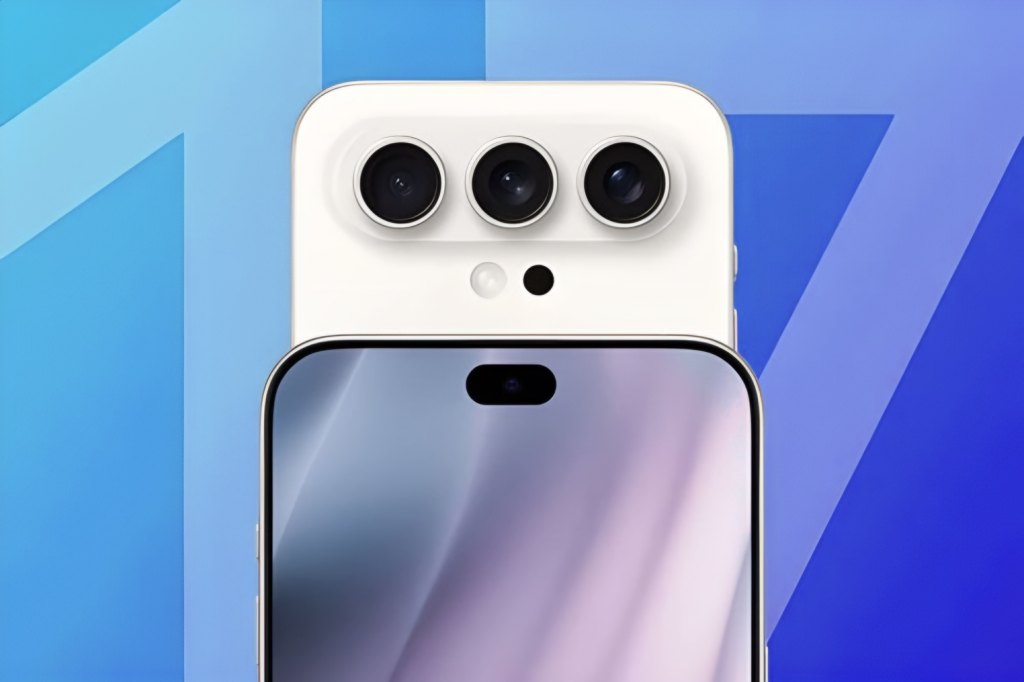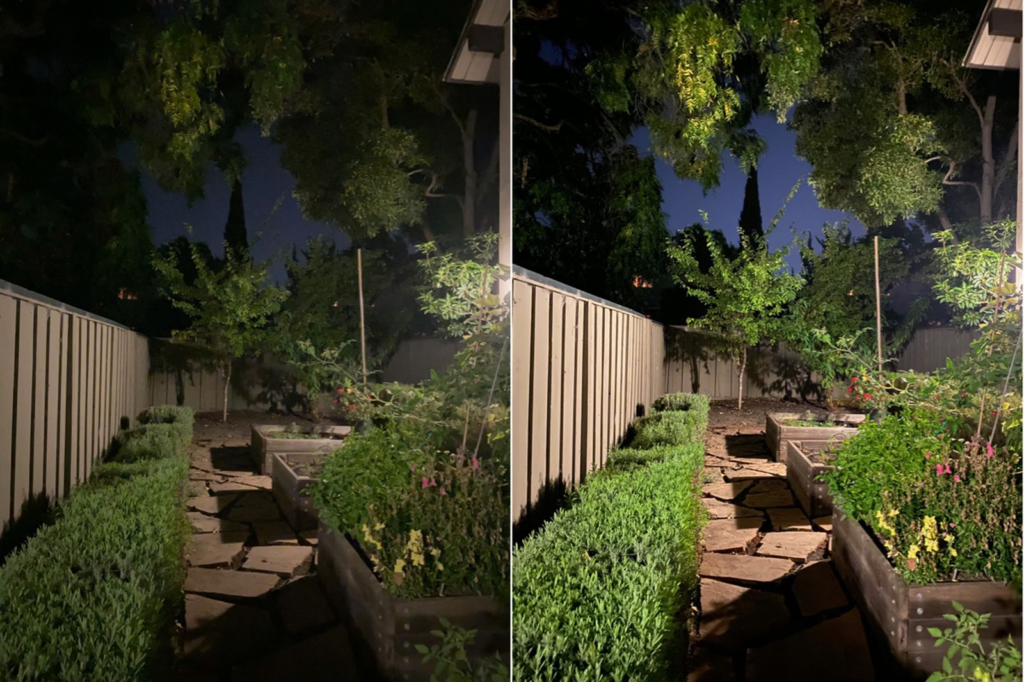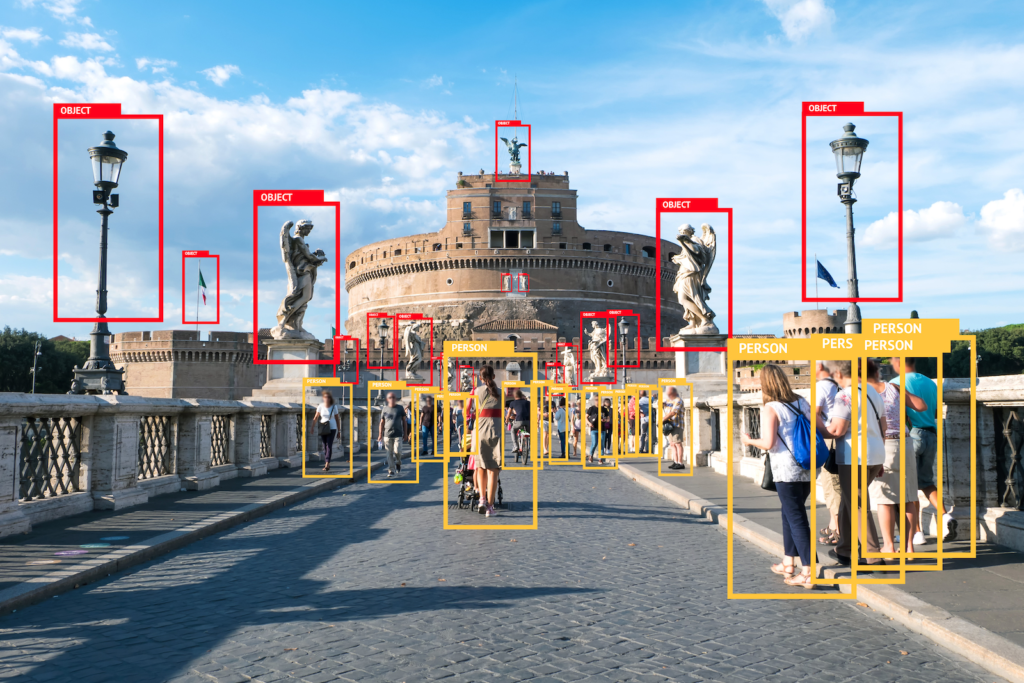The iPhone 17’s camera system represents a quantum leap in mobile photography, powered by advanced artificial intelligence that transforms how we capture and process images. Apple’s latest Neural Engine works in concert with the new camera hardware to deliver unprecedented computational photography capabilities.

At the heart of the iPhone 17’s imaging system lies a sophisticated AI architecture that processes visual information in real-time. The new Neural Image Signal Processor (Neural ISP) analyzes scene content 40% faster than its predecessor, enabling instant adjustments to exposure, white balance, and focus before you press the shutter.

The upgraded ProRAW capture system now incorporates deep learning algorithms that preserve more detail in highlights and shadows. This enhancement allows photographers to recover up to 3 stops more dynamic range in post-processing while maintaining natural-looking results. The system analyzes millions of pixels simultaneously, making intelligent decisions about noise reduction and sharpening on a per-region basis.
[RELATED: iPhone 17 Resolution: 4K on Mobile?]
Portrait mode receives a substantial upgrade with the introduction of Neural Depth Mapping. This technology uses machine learning to create more accurate subject separation, even in challenging lighting conditions. The system can now detect individual strands of hair and complex transparent objects, producing more natural-looking background blur that rivals professional camera systems.
Follow us on our Official WhatsApp channel
Smart HDR takes a significant leap forward with the integration of semantic segmentation. The camera now recognizes and processes different elements within a scene independently. Skin tones, fabric textures, and metallic surfaces receive tailored processing to maintain their unique characteristics while optimizing overall image quality. This selective enhancement ensures that faces remain naturally rendered while allowing dramatic sky effects in the same frame.

Night mode photography benefits from new AI-driven noise reduction algorithms. The system combines multiple exposures while analyzing motion patterns to minimize blur and maximize detail retention. The AI can distinguish between intentional motion effects and camera shake, preserving light trails while maintaining sharpness in static elements. Low-light performance now extends to ISO 409600 while maintaining impressive clarity.
[RELATED: iPhone 17 Build Materials: Titanium or Beyond?]
ProRes video recording introduces real-time AI-powered stabilization that adapts to different shooting scenarios. The system learns from millions of video samples to predict and counteract camera movement patterns specific to walking, running, or panning shots. This results in remarkably smooth footage without the characteristic warping effects of traditional electronic stabilization.

Photographic Styles evolve with the introduction of AI-powered scene recognition. The camera automatically suggests optimal style parameters based on subject matter and lighting conditions. Professional photographers can fine-tune these suggestions while maintaining consistent output across varying shooting conditions. The system learns from user adjustments to provide increasingly personalized recommendations.
Apple’s commitment to privacy remains evident in the implementation of these AI features. All image processing occurs on-device using the enhanced Neural Engine, ensuring personal photos never leave the iPhone without explicit user consent. The local processing also enables faster operation and better integration with third-party editing apps.
The technical specifications reveal significant hardware improvements supporting these AI capabilities. The main sensor size increases to 1/1.28 inches with 108MP resolution, enabling pixel binning for superior low-light performance. The ultra-wide camera receives a larger sensor with autofocus capability, while the telephoto module extends to 5x optical zoom with improved stabilization.
Professional photographers gain access to enhanced manual controls through the updated Camera app interface. AI assists in exposure visualization, providing real-time feedback on highlight and shadow clipping while maintaining creative control. The system suggests optimal settings based on scene content but allows complete override when desired.
Real-time subject tracking receives an upgrade with the ability to maintain focus on moving subjects across frame elements. The AI predicts subject movement patterns and adjusts focus accordingly, ensuring sharp captures even in complex action sequences. This capability extends to video recording, enabling professional-quality focus pulls without manual intervention.
Third-party developers gain access to new Camera APIs, enabling advanced applications that leverage the Neural ISP capabilities. This opens possibilities for specialized photography apps that utilize the enhanced AI features while maintaining efficient power consumption through optimized neural processing.
Battery optimization remains a priority despite the increased processing demands. The Neural Engine’s efficient architecture allows extended shooting sessions without significant power drain. The system intelligently allocates resources based on shooting conditions and user behavior patterns.
Looking ahead, these AI camera features establish a foundation for future photographic innovations. The modular software architecture allows feature updates through iOS releases, potentially expanding capabilities beyond current implementations. This flexibility ensures the iPhone 17 camera system remains competitive throughout its lifecycle.

